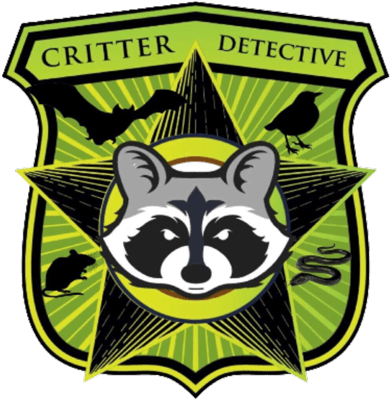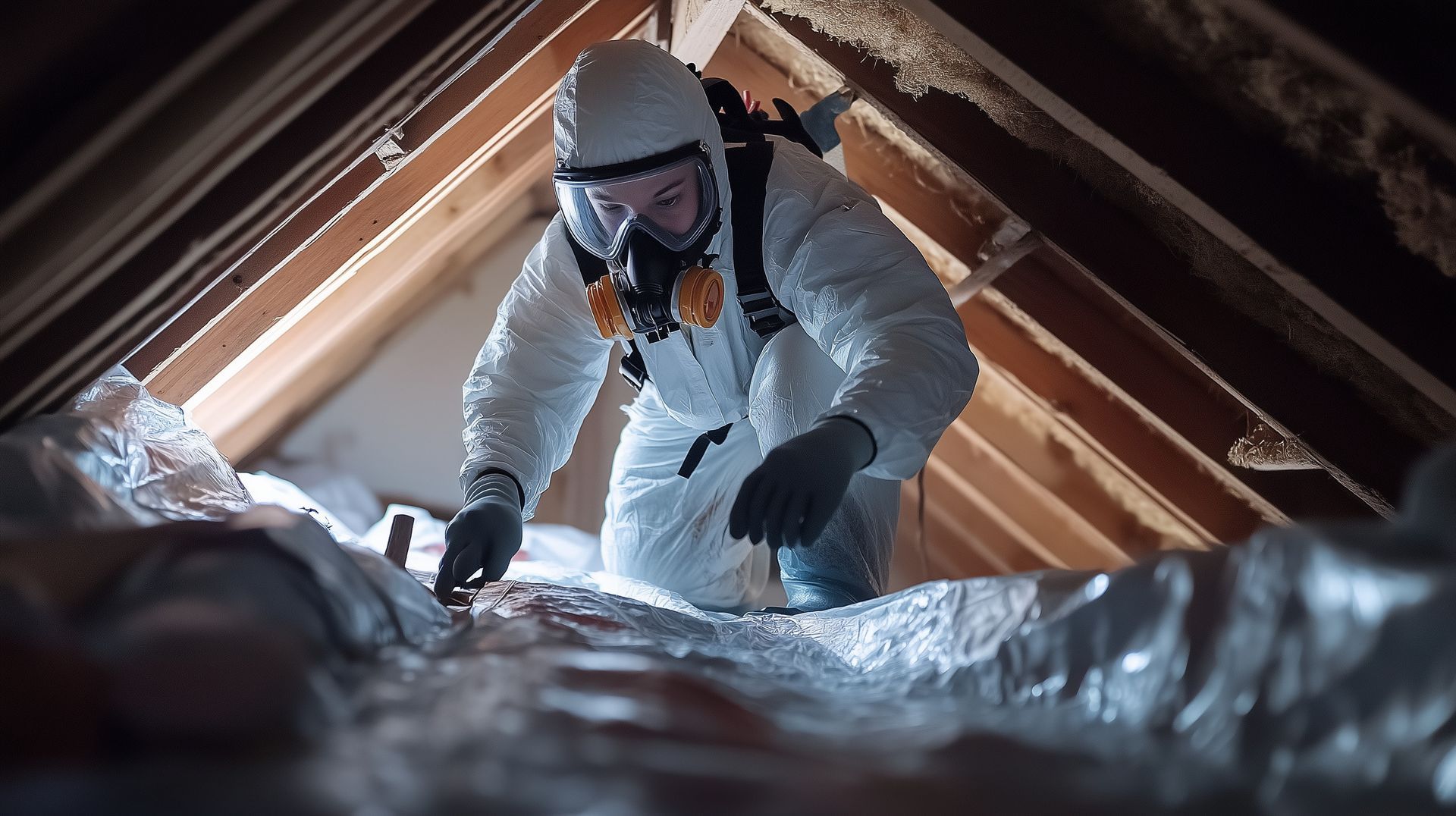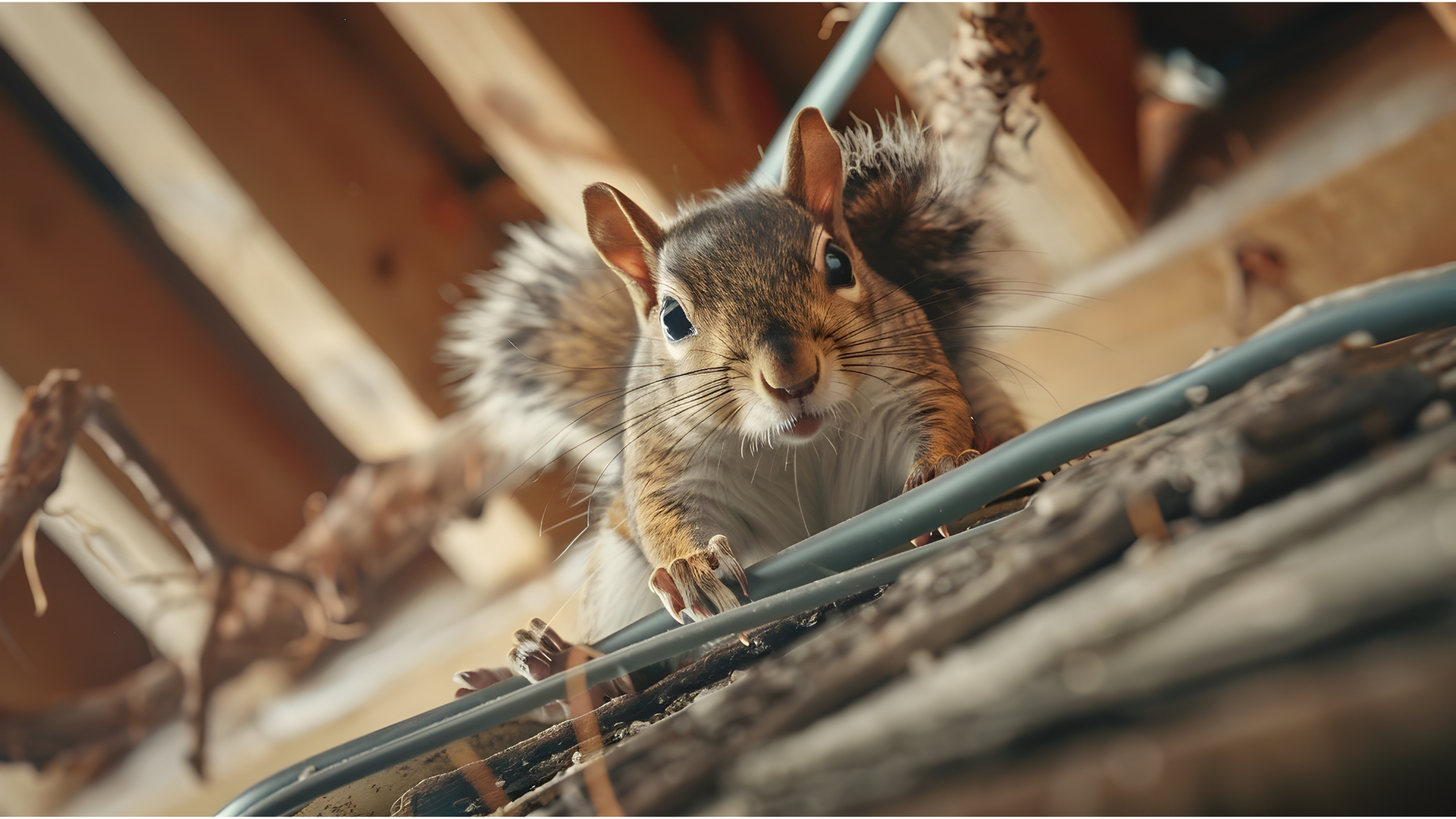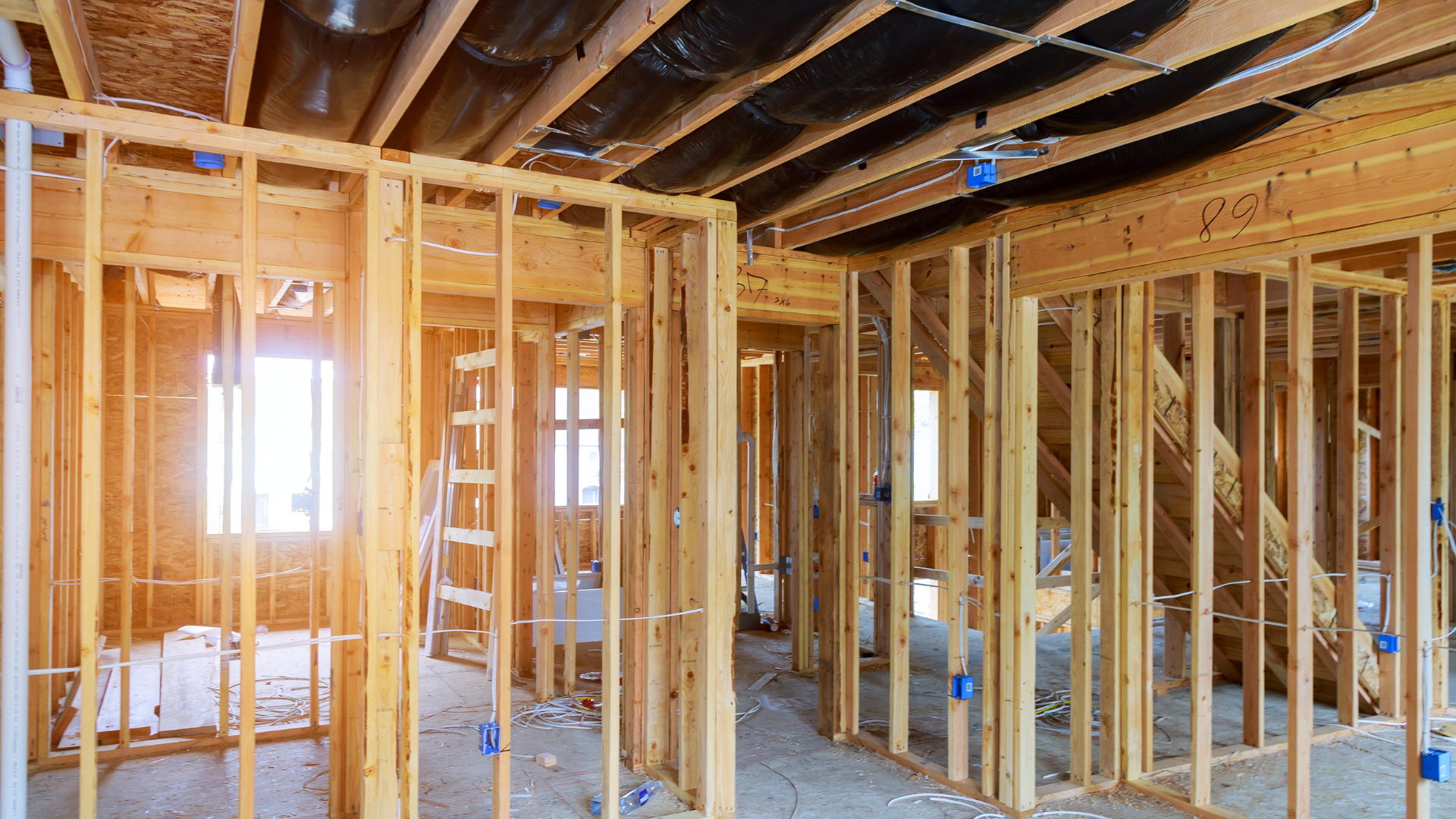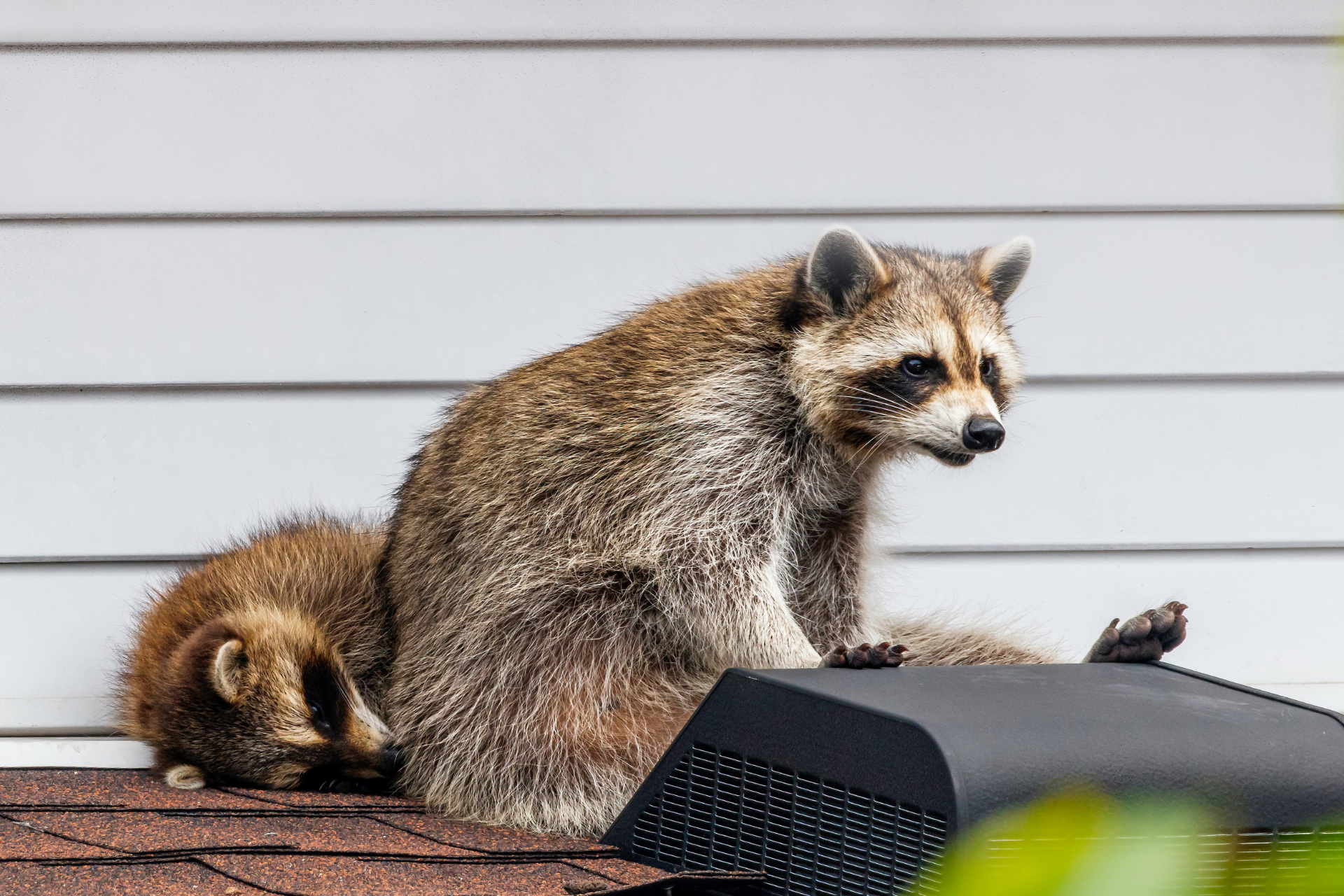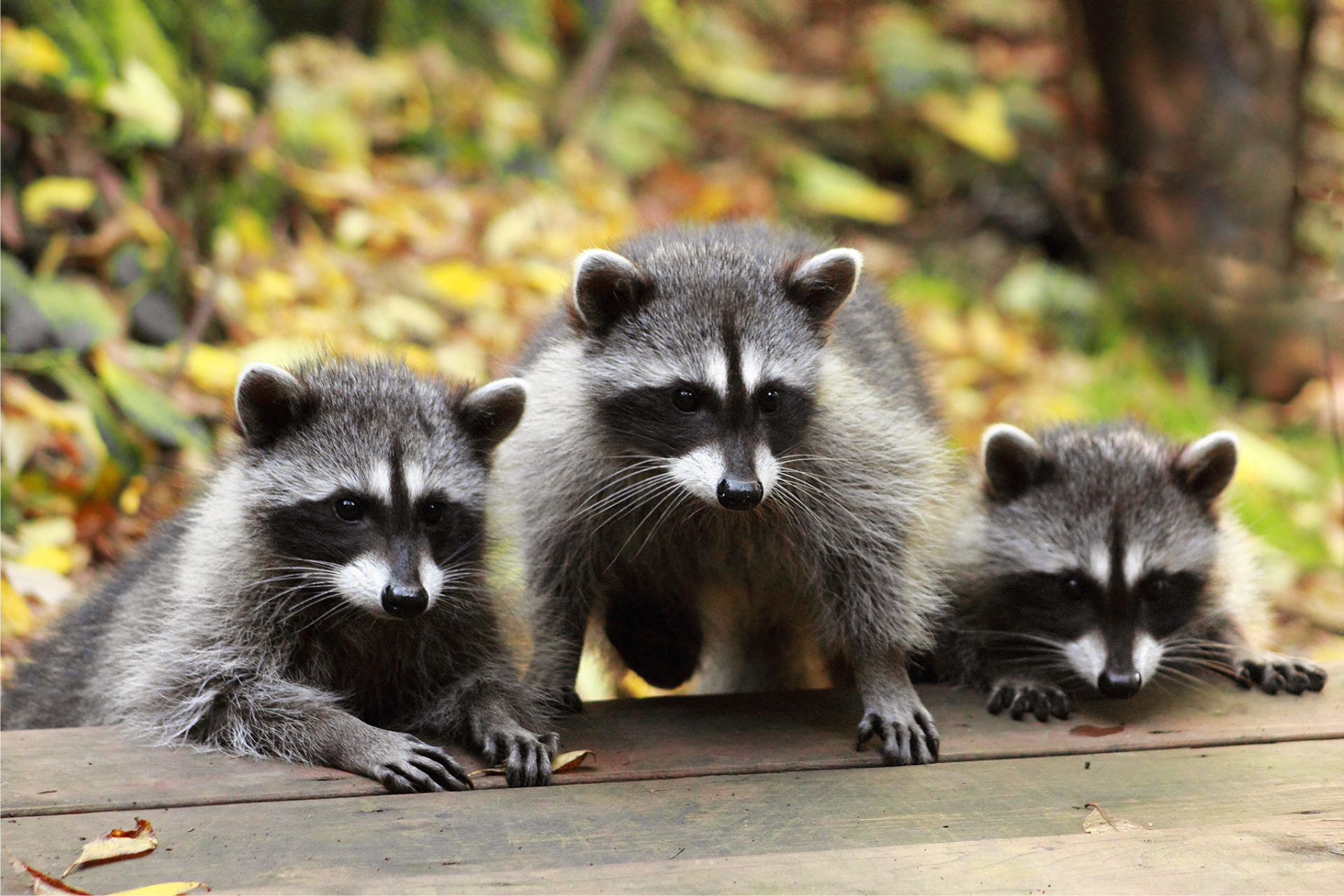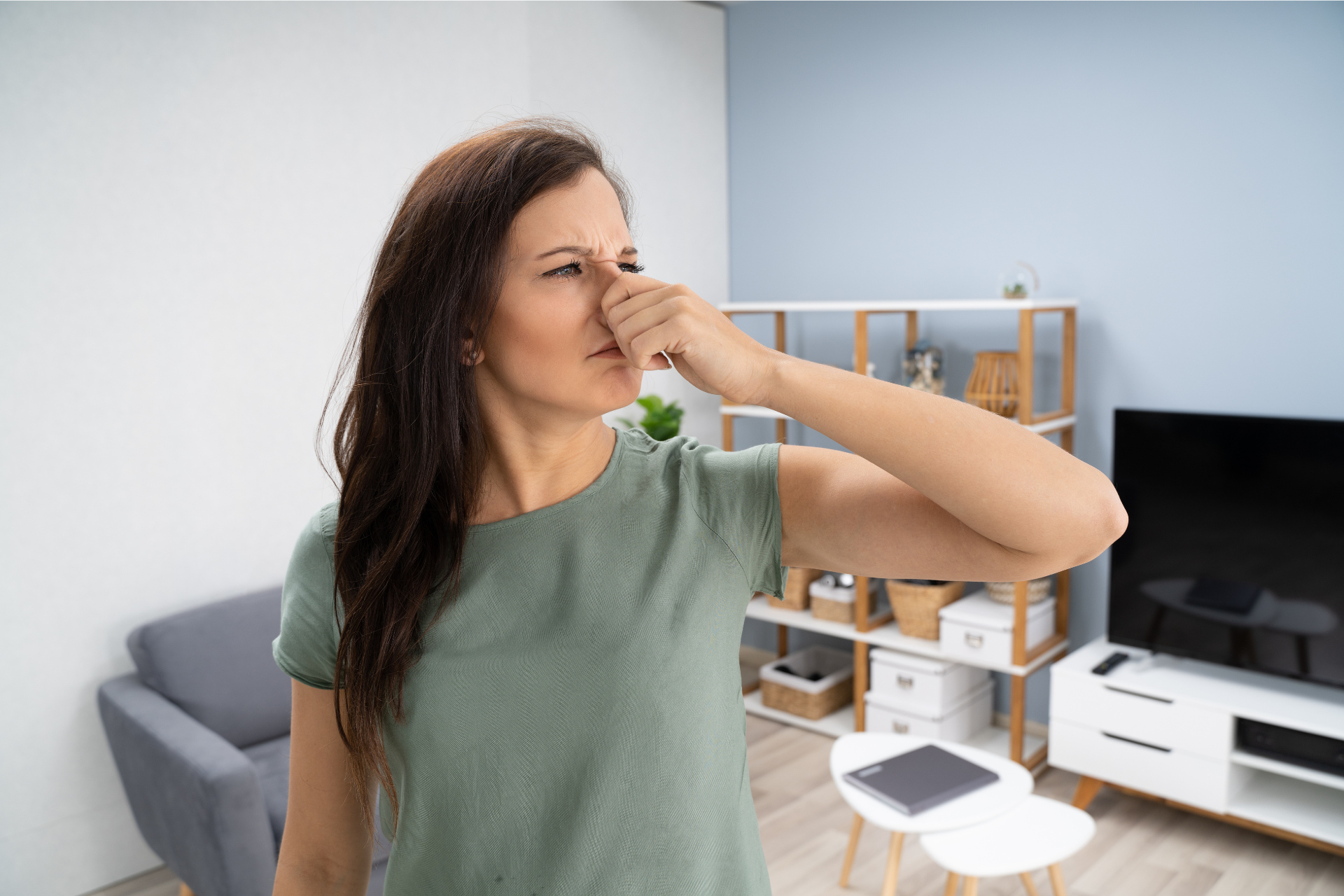When Wildlife Threatens HVAC Systems
How Animals Damage Heating And Cooling Infrastructure
Heating and cooling systems are designed to handle a lot—temperature swings, constant use, and years of wear. What they’re not designed for is a battle with the local wildlife. From squirrels looking for a warm hideaway to birds building nests in vents, these uninvited guests can cause more harm than most homeowners realize. The trouble often starts small, with noises in the walls or slight dips in performance, but what happens behind the scenes can be far more destructive.
Animals are naturally curious and resourceful. When temperatures drop, they search for warmth and often find HVAC units to be the perfect refuge. Outdoor condensers, ducts, and attic spaces connected to HVAC systems provide shelter and even a potential food source when wires or insulation are within reach. Over time, the presence of wildlife inside or around a system sets off a chain reaction of issues that impact not only comfort but also the longevity and dependability of the equipment.
The most concerning part is how silent the damage can be. By the time a homeowner notices uneven heating, strange smells, or inconsistent cooling, animals may have already gnawed through insulation, created blockages, or contaminated airflow. What seems like a minor inconvenience on the surface could be a developing hazard waiting to escalate.
Why Chewed Wires And Blocked Ducts Matter
One of the most common forms of wildlife damage is chewed wires. Rodents have teeth that never stop growing, which means they’re compelled to gnaw to keep them filed down. Unfortunately, HVAC wiring becomes an easy target. Damaged wires aren’t just a nuisance; they can lead to system malfunctions, short circuits, and even fire hazards. A frayed wire hidden inside a furnace or air handler is the kind of issue that puts stress on the equipment, reduces energy efficiency, and adds unnecessary risks inside the home.
Chewed wiring also disrupts sensitive electronic controls that modern HVAC systems rely on. Thermostats, relays, and circuit boards all communicate through electrical connections, and when those connections are compromised, the system may cycle on and off erratically or fail altogether. What seems like a small bite mark can create a cascade of technical problems, leaving the system unpredictable and unreliable until repairs are made.
Blocked ducts are another costly consequence. Birds, raccoons, or even insects can clog vents and ductwork with nesting material, droppings, or debris they drag inside. When airflow is restricted, the HVAC system has to work harder to circulate conditioned air. That extra strain means higher utility bills, decreased comfort, and premature wear on components like the blower motor. Beyond the mechanical concerns, airflow blockages also affect air quality, circulating dust, dander, and potential contaminants throughout living spaces.
In both cases—wires being chewed or ducts being obstructed—the impact is twofold. Efficiency drops significantly because the system can’t operate as intended, and the potential for unsafe conditions increases. This combination not only shortens the lifespan of equipment but also leads to costly repair bills that could have been avoided with earlier intervention.
The Ripple Effect On Energy And Comfort
An HVAC system is supposed to operate with a delicate balance. Everything from the thermostat to the compressor is interconnected, and wildlife interference throws that balance off. A single wire chewed halfway through might cause sensors to misread temperatures. A partially blocked duct could send more air to one room while leaving another barely heated. Over time, these problems build into larger frustrations for homeowners—rising energy costs, uneven comfort, and equipment that seems to be running constantly without delivering results.
Energy efficiency is one of the first casualties. The harder a unit has to work to overcome obstructions or electrical faults, the more energy it consumes. That increase may show up as a gradual rise in monthly bills that’s easy to overlook until it becomes significant. The long-term effect is a higher carbon footprint and more frequent mechanical breakdowns. A homeowner may even assume their system is simply “getting old,” when in reality the real culprit is wildlife damage that has been allowed to linger unnoticed.
Comfort is the next victim. An air conditioner or heater compromised by wildlife rarely delivers steady, reliable performance. A house may feel too hot in one area and too cold in another. Strange odors from nesting materials or animal waste may seep through vents, making the environment unpleasant. In severe cases, restricted airflow can cause moisture to build up inside ducts, creating conditions for mold growth that spreads spores into every room. What begins as a wildlife intrusion quickly escalates into a home-wide disruption.
Even the noise level of the system can change. Fans struggling against obstructions or components clicking due to electrical irregularities can create distracting sounds that weren’t there before. This subtle, yet constant, reminder of underlying damage adds another layer of frustration for homeowners who simply want their system to work quietly and effectively.
Addressing The Threat Before It Grows
Wildlife doesn’t need much time to cause major harm. A single season of animals nesting in or around HVAC equipment can undo years of maintenance. That’s why it’s important for homeowners to remain aware of early warning signs such as unusual noises near vents, inconsistent airflow, or a sudden change in system behavior. These subtle clues can point toward a larger issue developing inside the ductwork or electrical components.
Proactive steps matter most. Scheduling regular inspections helps catch damage before it becomes severe, while professional wildlife control ensures that animals don’t have the opportunity to return once removed. Repairs made promptly after an incident reduce the risk of repeat breakdowns and restore the system’s performance. Homeowners may not be able to stop curious animals from trying, but they can make sure their HVAC system isn’t left vulnerable to ongoing interference.
When wildlife interferes with heating and cooling systems, the effects ripple far beyond a small inconvenience. Chewed wires and clogged ducts reduce efficiency, drive up costs, and introduce risks that no one wants to deal with in their home. The good news is that these challenges don’t have to linger or escalate. By addressing the problem quickly and preventing animals from reclaiming the system, homeowners can restore both performance and peace of mind.
At Critter Detective, we specialize in identifying and resolving these hidden threats. If you’ve noticed odd noises, inconsistent airflow, or suspect wildlife may have found its way into your HVAC system, now is the time to act.
Contact us today to schedule an inspection and take back control of your home’s comfort.
